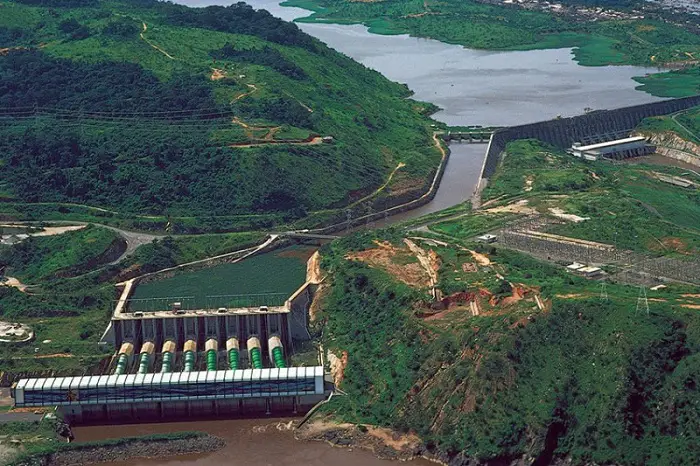According to a new study compiled by the International Rivers, the Democratic Republic of Congo is in the position to harness its renewable energy potential to power its electricity needs.
In the analysis Renewable Riches, researchers from the University of California’s Energy and Resources Group modeled the DRC’s best wind and solar sites.
According to the report, the country’s wind and solar potential, measured at 85GW, could address the country’s chronic power shortages and would far surpass the output of the planned 4.8GW Inga 3 Dam on the Congo River. 60GW of that energy can be installed at less than $0.07 per kWh, which makes it competitive with conventional power options, says the report.
Also read:Congo to delay Inga 3 hydroelectric project
“The DRC has a significant renewable energy potential,” said Dr. Ranjit Deshmukh, one of the study’s authors.
He further added that more studies are needed to operationalize our findings but his shows the DRC has abundant power at its fingertips Some of which could be brought online before construction even begins on Inga 3.
Renewable energy potential
The researchers focused on the sites that could readily feed into the national power grid. Therefore, limiting their search to renewable potential located near existing and planned transmission lines.
Their analysis identified the sites that can have sustainable developments, excluding forests and important biodiversity areas, populated areas, and farmland.
The solution to DRC’s energy crisis is right under our nose. Wind and solar are faster and easier to deploy than large hydropower. This study also shows they can be cheaper too.
The government has put all its eggs in the basket of Inga 3 with nothing to show of it. It has also neglected a wealth of wind and solar that can start meeting needs now. That needs to change.
Shift to South Africa
The study also analyzed how South Africa could meet its future energy needs. It notes that the country has factored power imports from Inga 3 in its energy planning. However, the researchers found that pursuing Inga 3 could be far more expensive for the country than harnessing wind and solar within the country.
Josh Klemm from the International Rivers said: “The study’s findings should give decision-makers in the DRC pause. South Africa can meet its own energy needs more cheaply without Inga 3.”
“Relying on South Africa to financially anchor the Inga 3 project could leave the DRC adrift,” Klemm noted.
Only 13.5% of the DRC citizens have access to electricity and this is hampering the country’s economic development.
“DRC and South Africa need reliable energy to power economic development and meet the needs of their citizens. Wind and solar power are treasures in plain sight,”said Rudo Sanyanga, International Rivers’ Africa program director.
